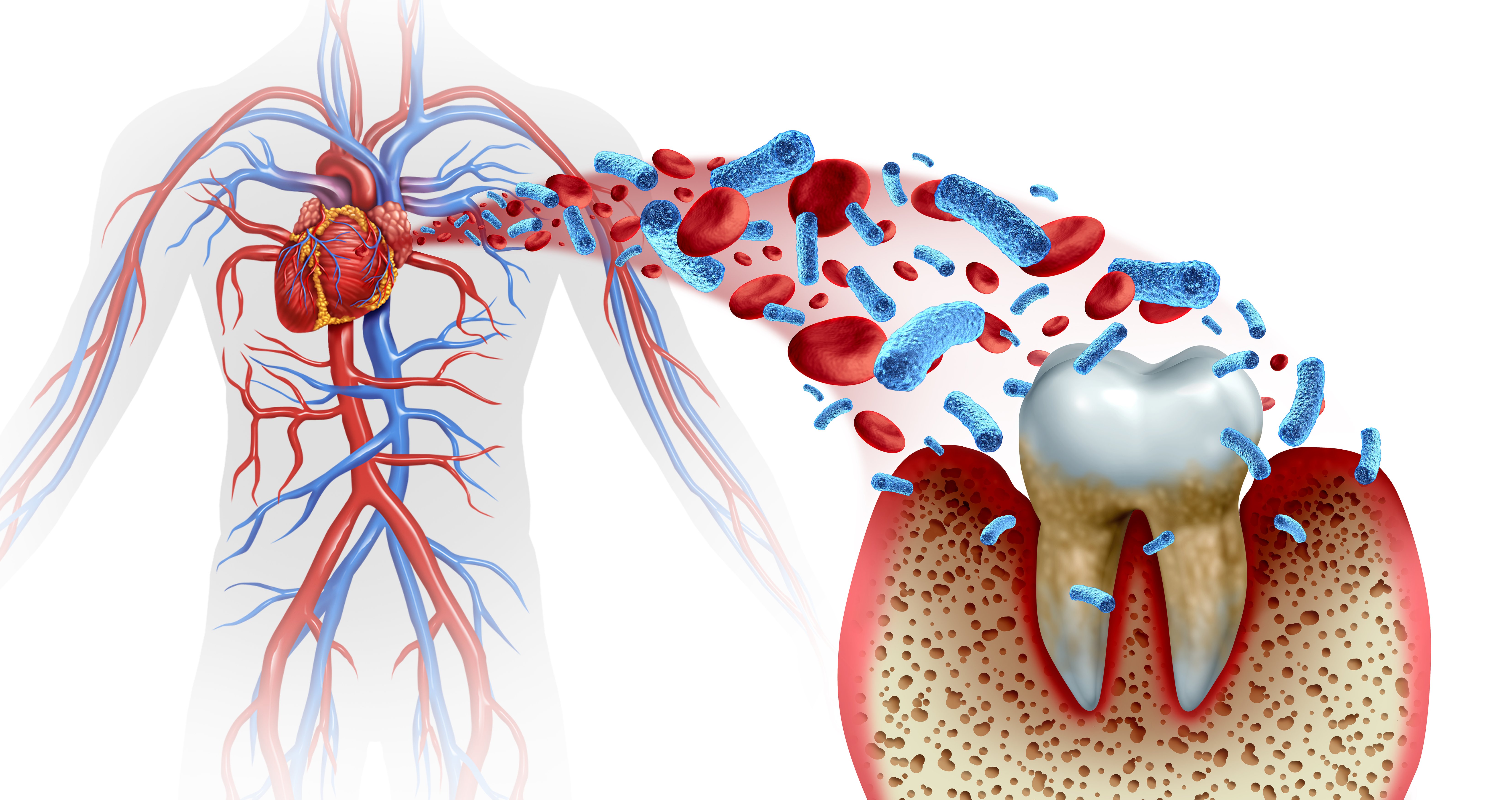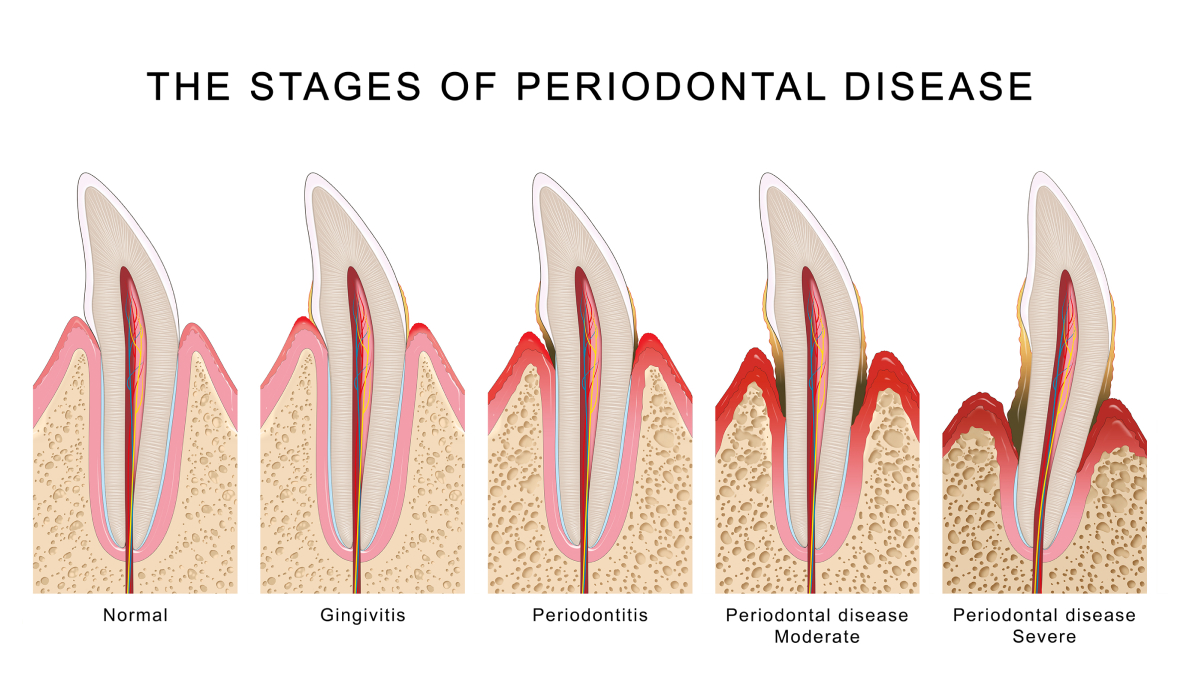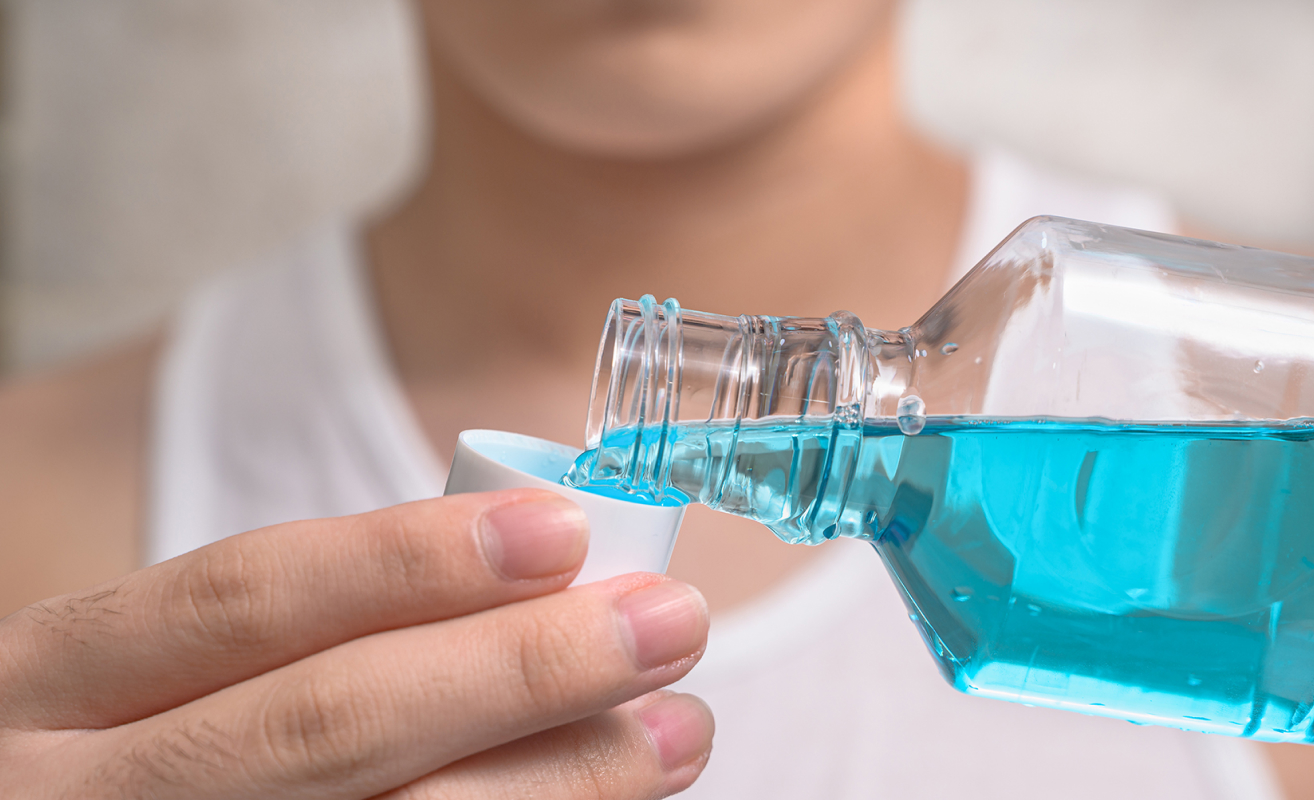Maintaining good oral hygiene is crucial for overall health. Brushing and flossing are essential for removing plaque and food particles, but using mouthwash can provide additional benefits. Mouthwash can help kill bacteria that cause bad breath, prevent cavities, and reduce the risk of periodontal disease. However, with so many different types of mouthwash available in the market, it can be challenging to choose the right one. In this guide, we will provide tips on how to choose the correct mouthwash to maintain optimal oral health.
Periodontal Disease: The Link Between Oral Health and Systemic Conditions
Periodontal disease is a type of infection that affects the teeth, and it is characterized by symptoms such as swollen and bleeding gums, an increased gap between teeth, and gum recession. If left untreated, it can even lead to tooth loss. The bacterial infection that causes periodontal disease triggers a mild inflammatory response in the body, contributing to the development of systemic diseases. Furthermore, without early treatment, the bacteria toxins can enter the bloodstream through everyday activities like eating or brushing teeth, leading to temporary bacteremia. This can stimulate the formation of blood clots in the blood vessels, which increases the risk of cardiovascular diseases such as heart attacks and strokes that are associated with arterial hardening.
 Image Source:iStock
Image Source:iStock
What Should an Ideal Mouthwash Contain?
An ideal mouthwash should have the following properties:
- Antiseptic: It should effectively kill or inhibit the growth of bacteria and other microorganisms that can cause plaque, gingivitis, and bad breath.
- Disinfectant: It should be able to neutralize or destroy harmful pathogens and prevent cross-contamination.
- Correct concentration for gingivitis: The mouthwash should contain the right concentration of active ingredients to effectively combat gingivitis without causing unnecessary side effects.
- Pleasant taste: The mouthwash should have an appealing flavor to encourage consistent use and promote good oral hygiene habits.
- Safe for daily use: The mouthwash should be gentle enough for daily use without causing irritation, dryness, or other adverse effects.
Patients often inquire about maintaining their dental hygiene after completing treatment. Along with teaching proper brushing and flossing techniques, I advise them on suitable mouthwash products to augment oral protection. The market provides numerous options for mouthwash, with different formulations emphasizing gum health, cavity prevention, fresh breath, and even ones specifically formulated for children and pregnant women. In Taiwan, the Food and Drug Administration categorizes mouthwash into two types: "medicated mouthwash" and "general mouthwash."
| Classification | Ingredients | Main Functions |
| Medicated Mouthwash |
|
|
| General Mouthwash |
|
|
Medicated mouthwashes have higher concentrations of antibacterial ingredients compared to general mouthwashes. However, prolonged use may cause tooth staining, so it's best to follow instructions from healthcare professionals. After rinsing with mouthwash, avoid rinsing with water and wait for 30 minutes before eating or drinking to maximize its effectiveness. If you have oral wounds or dry mouth, choose alcohol-free mouthwash to avoid irritating the oral mucosa and tongue.
For periodontal disease, mouthwashes with Chlorhexidine Gluconate can combat plaque and inhibit periodontal disease when used twice a day for 30 seconds to one minute.
What is Chlorhexidine and How Does it Work?
Chlorhexidine is a widely used antiseptic and disinfectant in the field of dentistry. It is a bisbiguanide compound that was first developed in the 1940s and has been used as a general disinfectant ever since. In the 1970s, its antiplaque activity was discovered, leading to its introduction as a mouthwash.
Mechanism of Action
The mechanism of action of chlorhexidine involves its rapid attraction to negatively charged bacterial cell surfaces, which contain phosphates and sulfate groups. This cationic property allows it to bond strongly to these negatively charged sites within the biofilm, including bacteria and extracellular polysaccharides. This binding disrupts the bacterial cell wall, allowing chlorhexidine to penetrate and damage the cytoplasmic membrane, ultimately leading to the death of the bacterial cell.
Pharmacological Effects
Chlorhexidine has potent antimicrobial and antifungal properties, which make it effective against a wide range of oral pathogens, including Streptococcus mutans, a major contributor to dental caries. It is also effective against both gram-positive and gram-negative bacteria, as well as some fungi and viruses.
Side Effects of Chlorhexidine
Although chlorhexidine is generally considered safe and effective, it can cause some side effects, especially when used at higher concentrations or for extended periods. Some of the most common side effects include:
- Extrinsic tooth staining: Prolonged use of chlorhexidine mouthwash can lead to the staining of teeth, which is the most common reason for patients discontinuing its use.
- Altered taste sensation: Some users may experience a change in taste or a numb feeling in their mouth and tongue after using chlorhexidine mouthwash.
- Oral irritation and xerostomia: Some people may develop oral irritation, burning sensation, or dry mouth after using the mouthwash.
- Allergic reactions: Though rare, some users may experience allergic reactions to chlorhexidine, such as swelling of the parotid gland, oral paraesthesia, or glossodynia.
Clinical Uses of Chlorhexidine
Chlorhexidine has several clinical applications in dentistry, including:
- Gingivitis treatment: When used as an adjunct to mechanical plaque control, chlorhexidine mouthwash can help reduce gingivitis and improve overall oral health.
- Prophylactic use and post-oral surgery: Chlorhexidine mouthwash is commonly prescribed following periodontal and implant surgeries, as well as in situations where mechanical plaque control is difficult or impossible due to postoperative pain or discomfort.
- Periodontal disease management: Chlorhexidine mouthwash can be used as an adjunct to subgingival instrumentation in patients with periodontitis, helping to control inflammation and improve overall periodontal health.

Can Mouthwash Replace Brushing?
The short answer is no. While chlorhexidine mouthwash can be an effective adjunct to mechanical plaque control, it should not be considered a replacement for regular brushing and flossing. Proper mechanical cleaning of teeth, such as brushing and using interdental cleaning aids, is essential for removing plaque and maintaining good oral hygiene. Chlorhexidine mouthwash can help in reducing the bacterial load and inflammation, but it cannot remove plaque and food debris as effectively as mechanical methods.
Conclusion
In summary, chlorhexidine mouthwash is a valuable tool in promoting good oral hygiene and combating gingivitis when used as an adjunct to regular mechanical oral hygiene procedures. It is essential to choose a mouthwash with the correct concentration of chlorhexidine for your specific needs and to be aware of its mechanism of action, clinical uses, and potential side effects. While mouthwash can provide additional benefits in maintaining good oral health, it should not be considered a replacement for regular brushing and flossing. By incorporating an appropriate chlorhexidine mouthwash into your daily oral care routine, you can help maintain a healthy mouth and prevent common dental issues like gingivitis and plaque buildup.
References:

